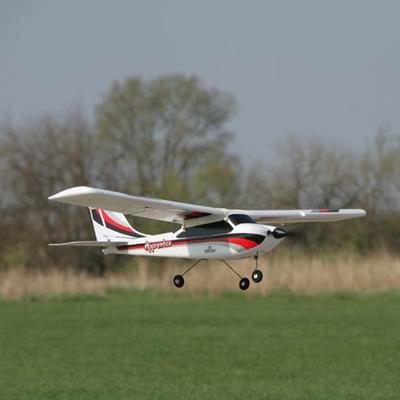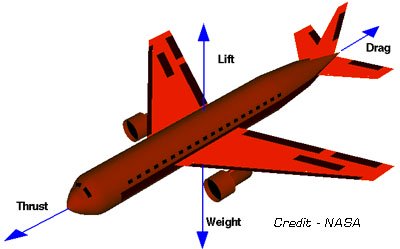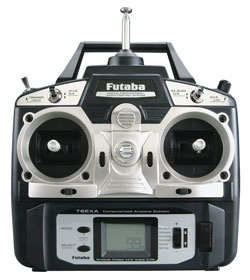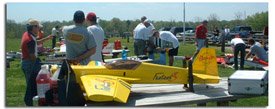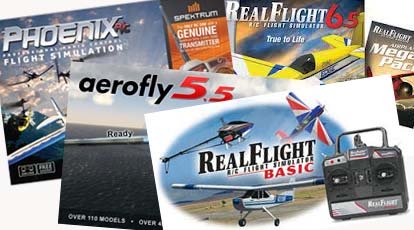ESC OVERHEATING
by Ken
(UK)
Hi,
I have a Bixler2 with a Hobbyking 2725 1600kv motor Max current 17A, Max power 190W swinging a 7x5 sports prop. I use a Haiyin 2200mAh lipo battery 20-30C 3s connected to a hobbyking red brick 30A ubec 5v/2A and use 4x 9g servos. Initially I connected everything up with 6 servos (including flaps) and the motor lost power and the ESC got very hot. I tried today without the flap servos connected to the receiver but the esc is still getting far too hot. I want to keep it hidden inside my fuselage for neatness. Do I need to create a separate circuit for the servos? Would this solve the problem? If so could somebody please explain to me how to do that.
Thanks in advance, Ken
Comments for ESC OVERHEATING
|
||
|
||
|
||
|
||
Let’s Go Flying! |
|
5 Steps for Successful First Flight! When the RC bug bites, it bites hard! Control yourself my friend! Save yourself much time and money by following these five steps to success! |
